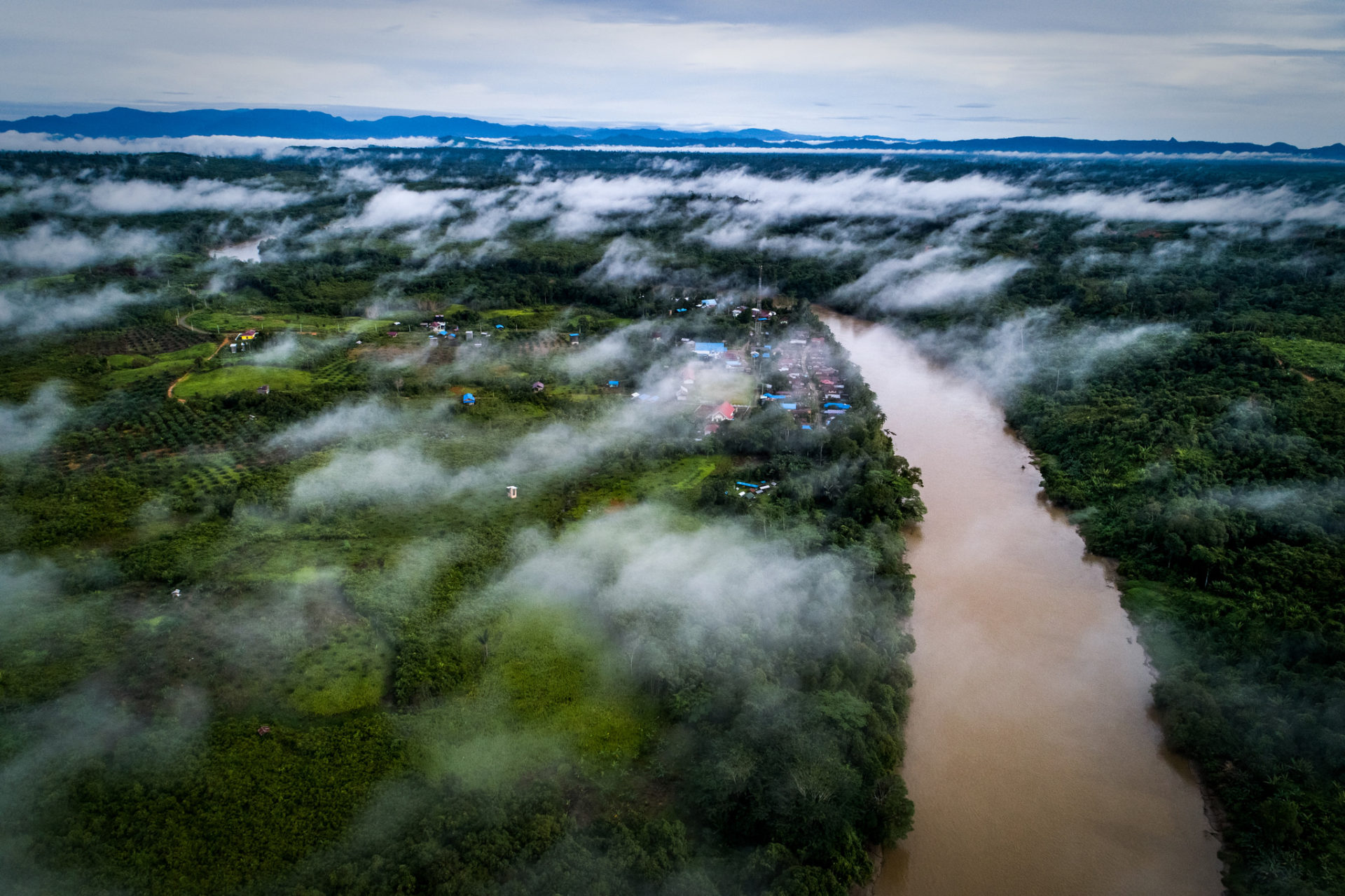From Complexity to Clarity: A Climate Security Vulnerability Measure for Policymaking
-
From
CGIAR Initiative on Climate Resilience
-
Published on
30.08.23
- Impact Area

The wide-ranging impacts of climate change and variability that extend to the economy, society, and the environment have significant security implications. The concept of climate security is based on the idea that climate change and variability exacerbate pre-existing risks and vulnerabilities among individuals and society. Consequently, this threatens the security of human well-being, the environment, economic stability, infrastructure, and energy systems.
Over the past two decades, a substantial body of research has emerged. However, when we examine the application of these findings to policy, several challenges arise.
First, researchers have often presented inconsistent results regarding the links between climate and security. These conflicting perspectives have understandably created confusion among policymakers and practitioners, affecting decision-making processes and policy implementation.
Moreover, it remains unclear how policymakers and practitioners in different organizations, policy areas, and geographic regions would incorporate these research findings into their work.
Finally, the vast amount of data and information available has revealed the complex nature of the relationship between climate and security, making it increasingly difficult to address through conventional analytical tools.
Complex issues often present a dilemma: information must be conveyed in a way that is easily understood in layman’s terms without leaving out critical features. The climate-security nexus is particularly challenging in this regard because it is nonlinear, involves multiple actors and contextual interactions across environmental, socioeconomic, political, and cultural dimensions. Simplifying such a multi-faceted concept into a simple, one-size-fits-all measure is a daunting task.
The key challenge is to strike a balance. How can we create a simplified metric that addresses the complexity of climate security risks while allowing for clear communication and sharing of information? This dilemma underscores the need for a reliable and efficient approach to decision-making and policy development.
This is the problem that the CGIAR Focus Climate Security and The Alan Turing Institute’s Computational Social Science Group are attempting to address. In this collaboration, an innovative analytical framework is developed to construct a systemic measure that analyzes structural features among key components of the climate security nexus, to support contextualized and climate security-sensitive decisions for policies, programs, or finance.
The framework incorporates analytical techniques and measurements from multiple domains and provides insights at different levels of granularity. The final version synthesizes these insights into an intuitive graphical representation of the “climate security vulnerability space”. This visualization simplifies the identification and comparison of regions that may be vulnerable to climate-related instability. In addition, the system’s modular design allows for an in-depth analysis of key structural aspects of the socioeconomic and natural systems under study.
A prototype for a selection of countries will be launched in 2024 as part of the CGIAR’s Climate Security Observatory.
Author
- Theresa Liebig, CGIAR Focus Climate Security, The Alliance of Bioversity and CIAT
Contributors
- Omar Guerrero, The Alan Turing Institute’s Computational Social Science Group
- Daniele Guariso, The Alan Turing Institute’s Computational Social Science Group
- Alessandro Craparo, CGIAR Focus Climate Security, The Alliance of Bioversity and CIAT
- Ashleigh Basel, CGIAR Focus Climate Security, The Alliance of Bioversity and CIAT
- Ibukun Taiwo, CGIAR Focus Climate Security, The Alliance of Bioversity and CIAT
Photo Credit: Nanang Sujana/CIFOR
Related news
-

Mapping for Resilience: How Spatial Data is Transforming Karamoja Cluster
Ibukun Taiwo02.07.25-
Climate adaptation & mitigation
Pastoral communities in the Karamoja Cluster (a region spanning Kenya, Uganda, South Sudan, and Ethi…
Read more -
-

Building Resilience and Regeneration: The Central Highlands Ecoregion Foodscape (CHEF)
Sehlule Muzata02.07.25-
Climate adaptation & mitigation
At the CGIAR Sustainable Farming Program (SFP), we believe that collaboration is essential for trans…
Read more -
-

Planting with Precision: How Weather and Climate Information is Changing Bean Farming in Rwanda
The Alliance of Bioversity International and the International Center for Tropical Agriculture (CIAT)01.07.25-
Climate adaptation & mitigation
Imagine weather information as a GPS for farmers. Without it, the journey becomes uncertain, filled…
Read more -
